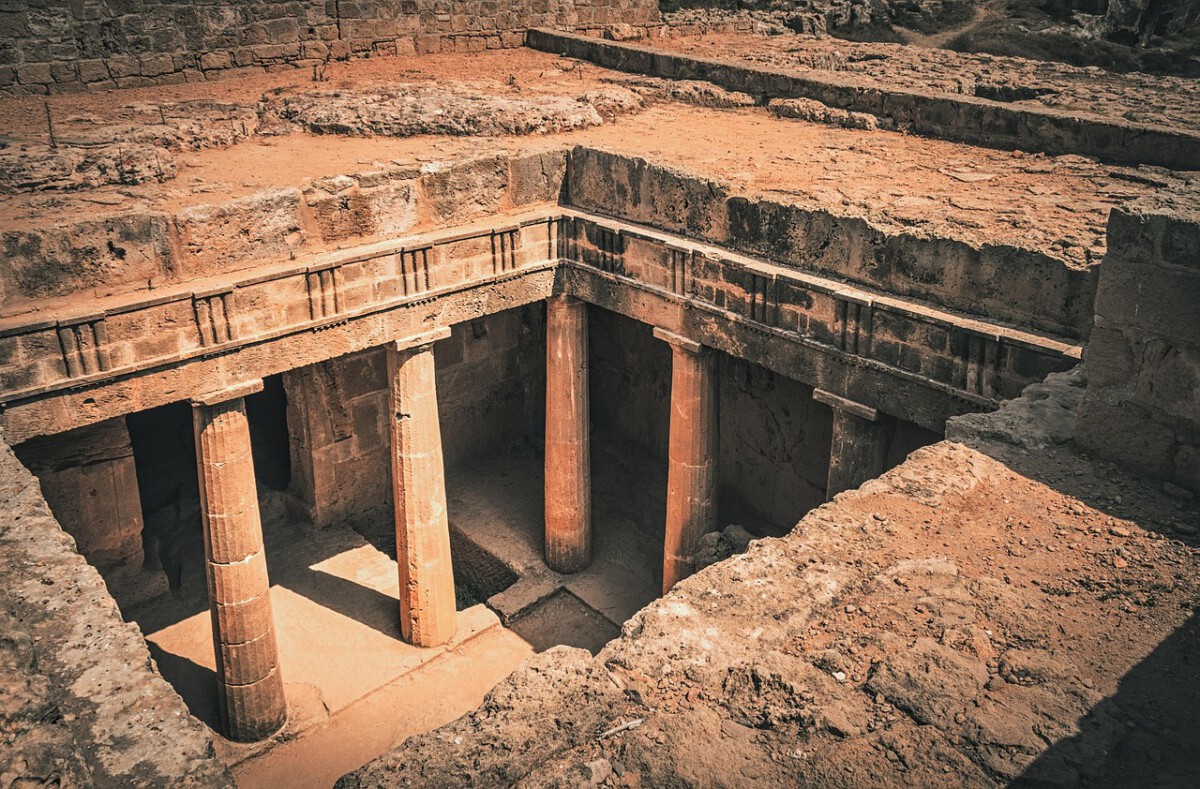Georgia: A Hidden Gem in the Caucasus
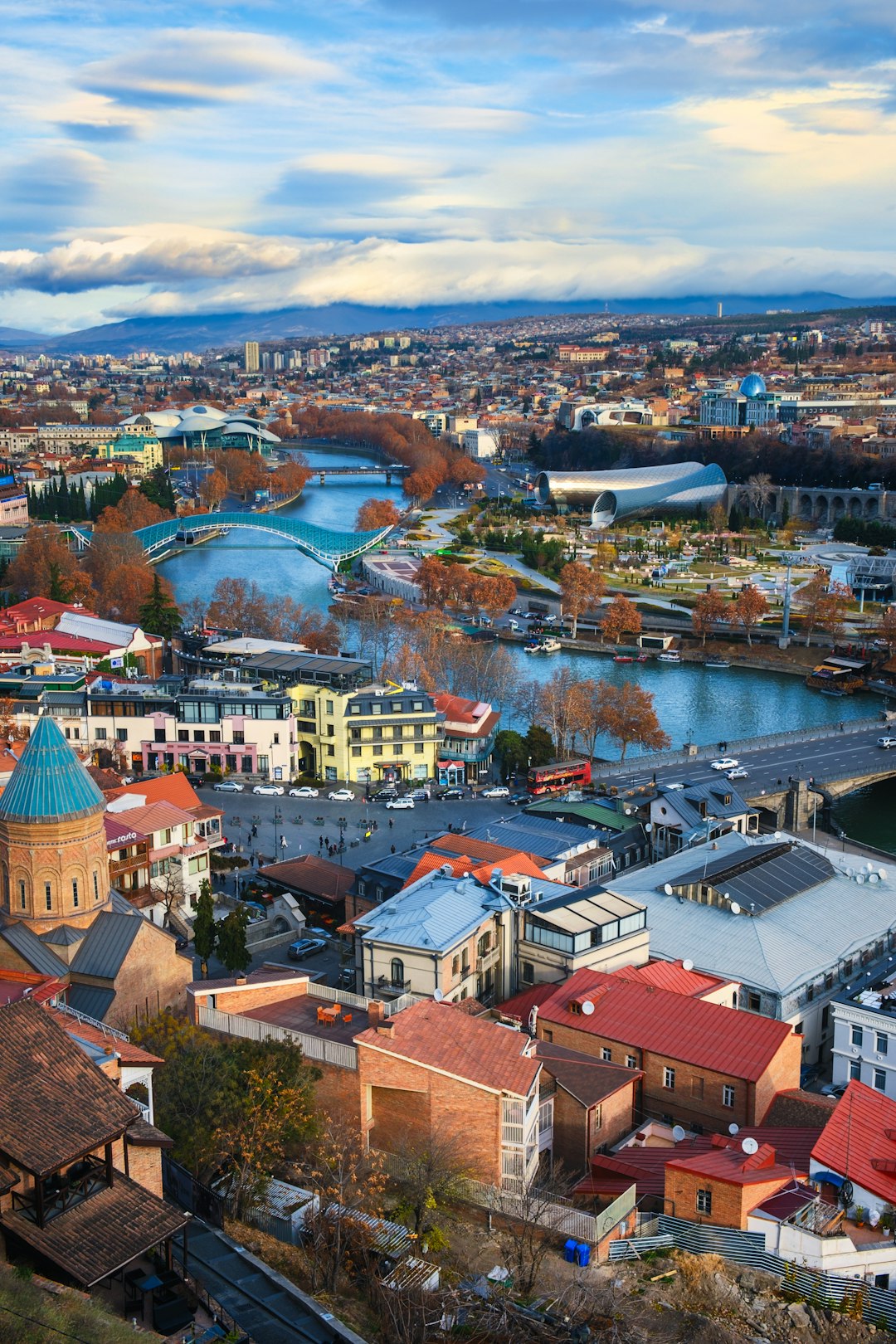
Few travelers expect Georgia to steal their hearts, but it happens all the time. Nestled between Europe and Asia, Georgia is a land of contrasts—ancient wine valleys, snow-capped mountains, and pastel-colored cities. Tbilisi, the capital, buzzes with creative energy and boasts architecture that looks like it was dreamed up by an artist. According to the National Tourism Administration of Georgia, over 9 million people visited in 2024, a staggering 25% jump from the previous year. Tourists rave about the warmth of Georgian hospitality, especially when sharing a home-cooked meal of khachapuri or sipping on the region’s legendary wine. Batumi, perched on the Black Sea, offers subtropical beaches and futuristic skyscrapers, while the mountainous Kazbegi region is a paradise for hikers. Georgia’s rich history, from medieval fortresses to ancient cave cities, means there’s something new around every corner. Many who visit say Georgia feels like a dream they never want to wake up from.
Slovenia: Nature’s Playground
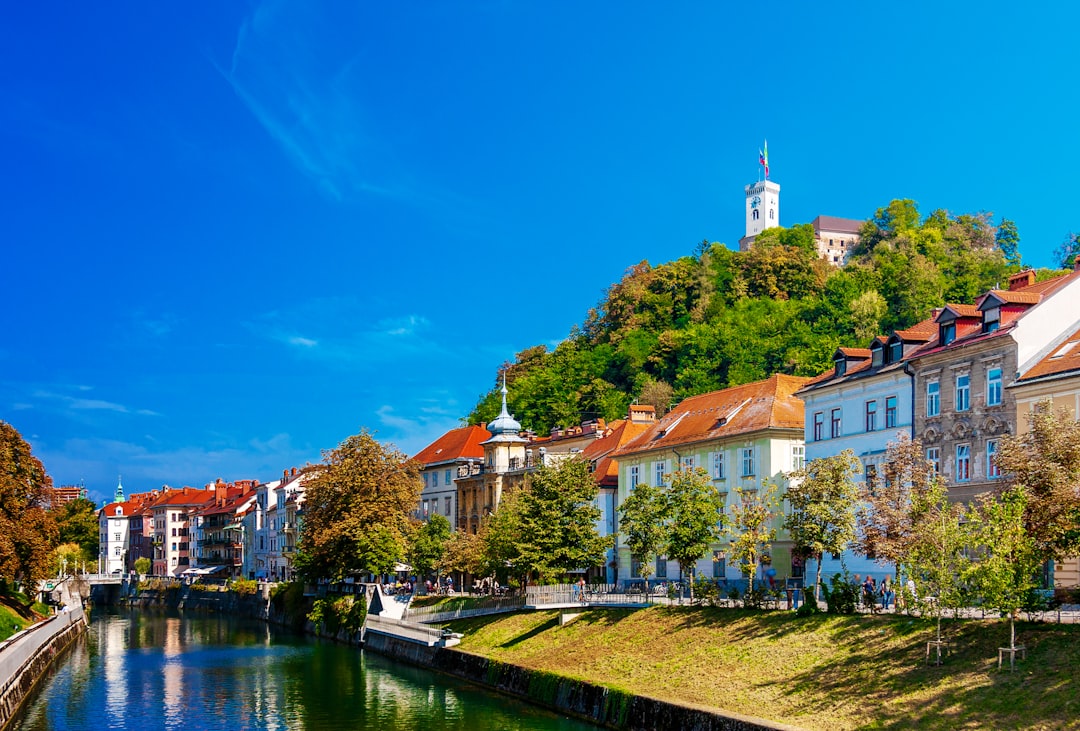
Slovenia is the kind of place you’d expect to find in a fairytale, yet many tourists pass it by on their way to bigger European capitals. Over 60% of Slovenia is covered by lush, green forests, making it one of Europe’s greenest countries. Lake Bled, with its enchanting island church and clifftop castle, drew more photographers and hikers than ever in 2023, as eco-tourism in the country soared by 30%. Ljubljana, the capital, charms with its car-free old town and riverside cafés, where locals enjoy coffee as the sun sets over pastel-colored buildings. The Julian Alps offer a playground for adventurers, from white-water rafting to mountain biking. Slovenia’s commitment to sustainability makes it a haven for responsible travelers. Visitors are often surprised by the country’s peaceful atmosphere and how easy it is to get around, with distances between jaw-dropping sights surprisingly short. Many leave wishing they’d stayed longer.
Portugal: Beyond Lisbon and Porto
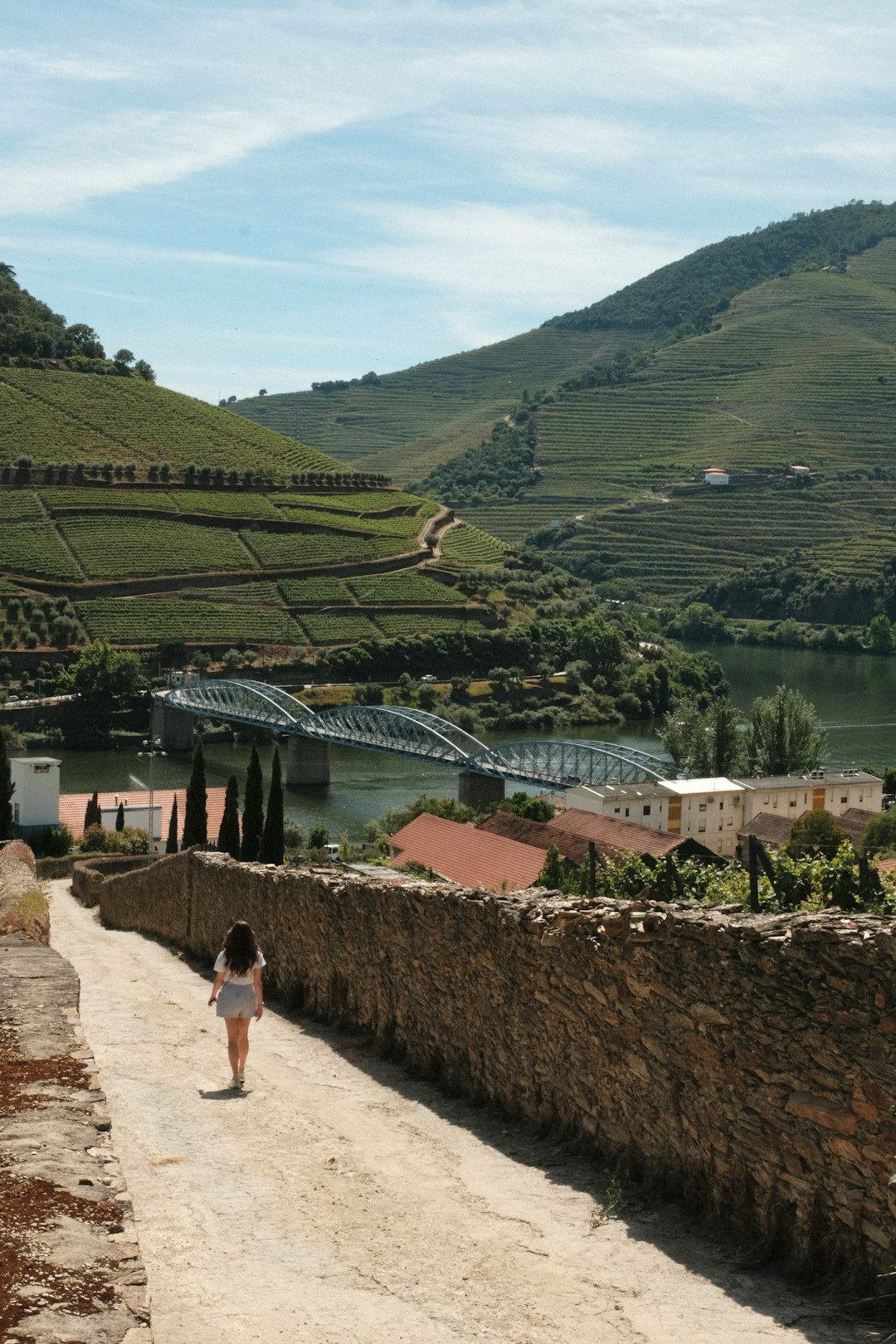
Many tourists only see Portugal’s famous cities, but the real magic lies in its lesser-known regions. Portugal’s Algarve region is a sun-drenched stretch of golden beaches, rugged cliffs, and sleepy fishing villages where time seems to slow down. The Douro Valley, a UNESCO World Heritage site, offers rolling hills covered in terraced vineyards, producing some of the world’s best port wine. In 2024, there was a 15% surge in tourists visiting spots like Alentejo and the Azores, drawn by their tranquil beauty and warm, welcoming locals. The medieval town of Évora showcases Roman ruins and gothic cathedrals, while the volcanic landscapes of the Azores feel like another planet. Portuguese cuisine is a journey in itself, from melt-in-your-mouth pastéis de nata to freshly caught seafood. The country’s relaxed pace and affordability make it a favorite for those in the know. Travelers often confess they had no idea Portugal could be this enchanting.
Uruguay: The South American Secret

Overshadowed by Brazil and Argentina, Uruguay quietly wows those who visit with its laid-back vibe and beautiful coastlines. Montevideo, the capital, pulses with music, art, and a sense of nostalgia, while the historic town of Colonia del Sacramento feels like a step back in time with its cobbled streets and colonial architecture. In 2025, Uruguay saw international arrivals rise by 20%, as more travelers discovered its unspoiled beaches and charming estancias (ranches). The resort town of Punta del Este is famous for its glamorous nightlife, but quieter gems like José Ignacio offer serenity and barefoot luxury. Uruguay’s beef and wine are a treat for the senses, with parrilladas (barbecue feasts) becoming a must-try. The country is proud of its progressive social policies and friendly people, making visitors feel at home. Many come for a weekend and stay for weeks.
Oman: A Middle Eastern Oasis

Oman is a country that surprises at every turn, from its endless sand dunes to its emerald-green wadis (valleys). Muscat, the port capital, dazzles with whitewashed mosques and bustling souks, while the ancient Bahla Fort stands as a silent witness to centuries of history. In 2023, Oman welcomed 40% more tourists than the year before, as word spread about its peace, safety, and hospitality. The Wahiba Sands desert invites adventurous souls to sleep under the stars, while the coastline offers pristine beaches and world-class diving. Oman’s culture is rooted in tradition but open to visitors—guests are often welcomed with sweet dates and cardamom coffee. The country’s unique blend of Arabic, African, and Asian influences can be tasted in its cuisine and seen in its vibrant handicrafts. Many travelers are surprised by how safe and welcoming Oman feels, even for solo visitors.
Latvia: The Baltic Beauty
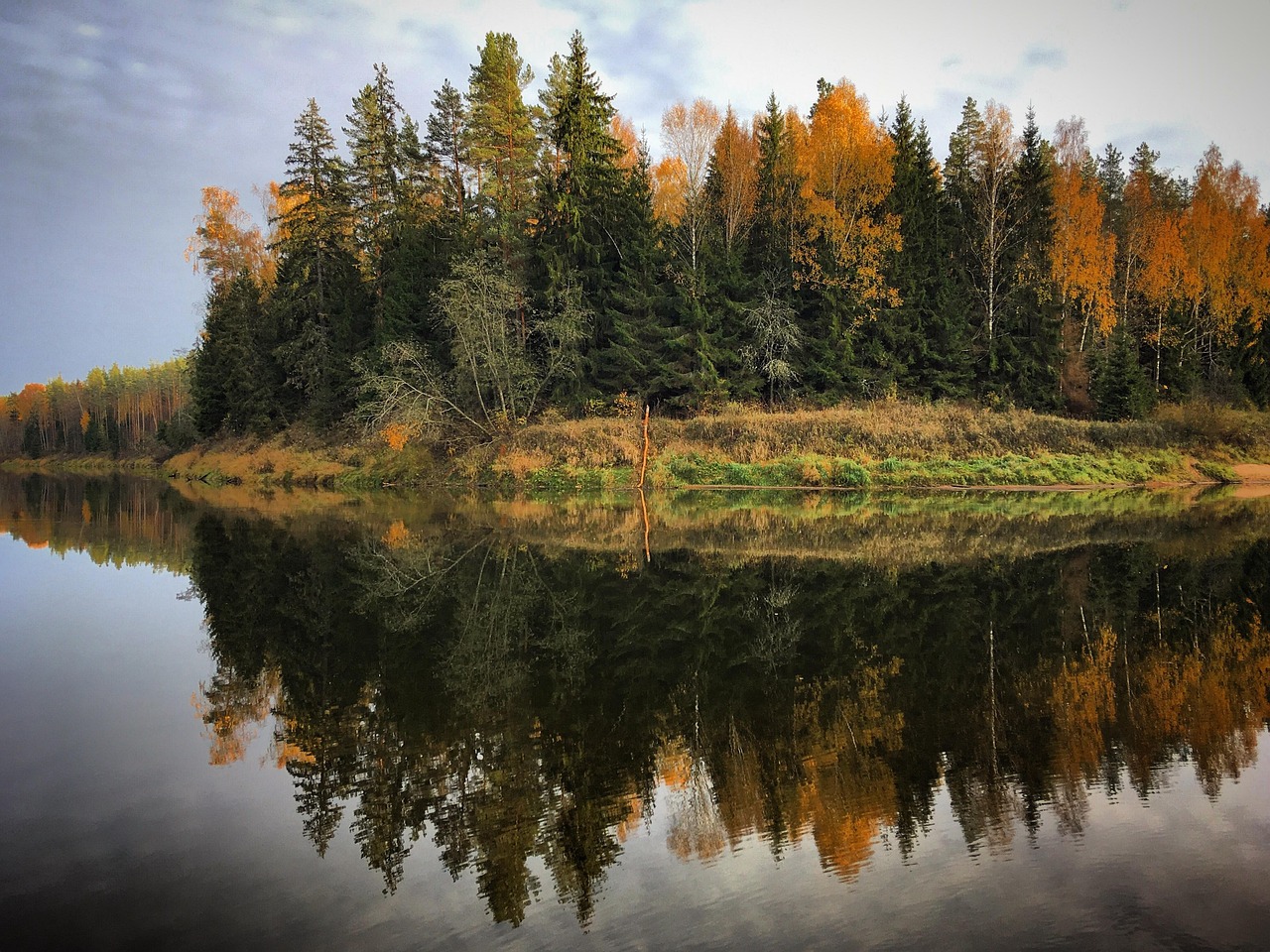
Latvia is often overlooked in favor of its neighbors, but those who visit are rewarded with a captivating mix of history, nature, and creativity. Riga, the capital, boasts one of the most beautifully preserved old towns in Europe, now recognized as a UNESCO World Heritage site. In 2024, the country welcomed 25% more tourists, many drawn by the pristine beaches of Jurmala and the wild forests of Gauja National Park. Latvia’s festivals—especially the colorful Riga City Festival—bring music, art, and laughter to the streets. The medieval town of Cēsis offers a glimpse into centuries past, while the countryside is dotted with charming wooden manors and tranquil lakes. Latvian cuisine is hearty and comforting, perfect for chilly evenings by the fire. Visitors often rave about the locals’ warmth and the country’s affordability, making it a hidden treasure in the Baltics.
Mongolia: The Land of the Nomads

Mongolia remains one of the world’s last frontiers, a vast country where wild horses roam and yurts dot the endless steppe. Ulaanbaatar, the capital, is a surprising blend of glassy skyscrapers and Buddhist monasteries, a symbol of the country’s rapid transformation. In 2025, tourist numbers jumped by 30%, as more adventurers sought out Mongolia’s raw beauty and nomadic culture. The Naadam Festival in July is a riot of color and tradition, featuring wrestling, horse racing, and archery. The Gobi Desert offers otherworldly landscapes—think singing sand dunes and flaming cliffs—while stays with nomad families provide a glimpse into a way of life unchanged for centuries. Mongolia’s silence and vastness can be overwhelming, but visitors often find it deeply moving. Many leave with a new sense of freedom and wonder.
Serbia: The Rising Star of Eastern Europe

Serbia is rapidly shaking off its under-the-radar status, drawing more tourists with its infectious energy and rich heritage. Belgrade, the capital, is famed for its lively nightlife—clubs on floating barges pulse with music until sunrise. In 2024, Serbia’s international visitor numbers soared by 35%, thanks to its affordability and welcoming locals. The fortress of Kalemegdan, perched above the city, offers sweeping views and centuries of history. Novi Sad, home to the EXIT music festival, is a vibrant university town with a laid-back charm. Serbian food is hearty and delicious, with grilled meats and savory pastries stealing the show. The Danube River weaves through the country, connecting quaint villages and dramatic gorges. Many visitors compare Serbia’s warmth and authenticity to what they imagine Europe was like decades ago.
Madagascar: The Unique Island
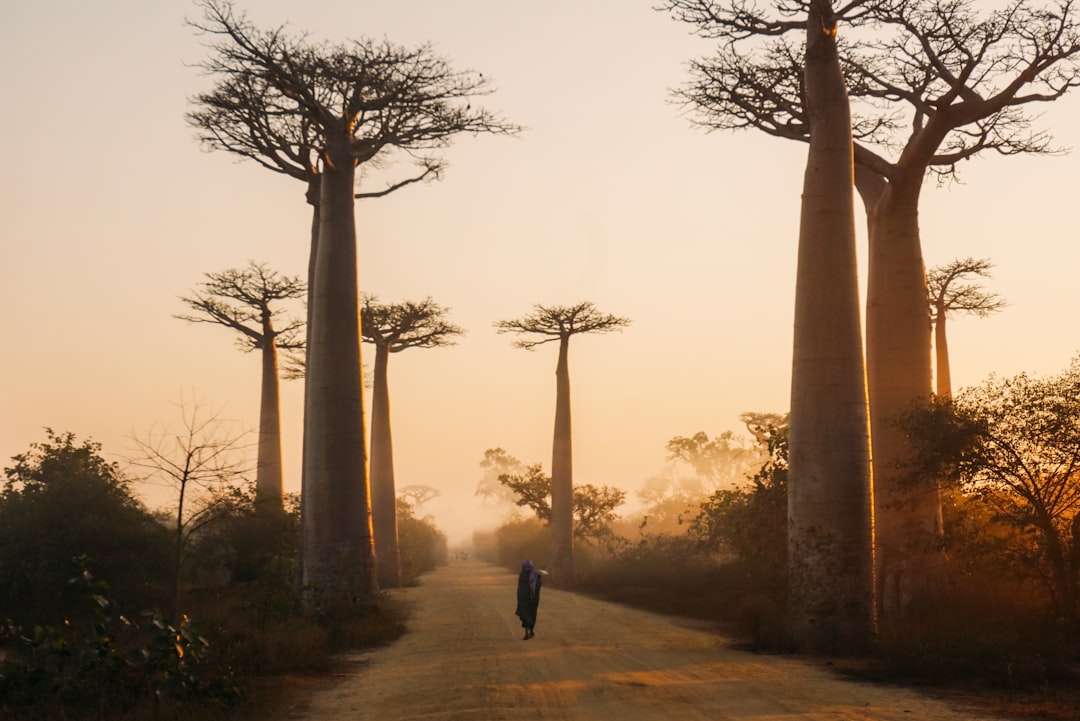
Madagascar feels like another world, home to plants and animals found nowhere else on Earth. The island’s biodiversity is astonishing—over 200,000 species, with more than 80% being endemic. In 2023, eco-tourism exploded by 50% as travelers flocked to see the famous Avenue of the Baobabs and the surreal limestone formations of Tsingy de Bemaraha National Park. Lemurs leap through lush rainforests, and chameleons hide in the undergrowth, delighting nature lovers and photographers alike. Madagascar’s beaches are wild and unspoiled, offering world-class diving and whale watching. The island’s culture is a fascinating blend of African, Asian, and French influences, reflected in its cuisine and music. Visitors often return home with stories of adventure and kindness, surprised by how much this off-the-beaten-path destination had to offer.
Cyprus: The Mediterranean Paradise
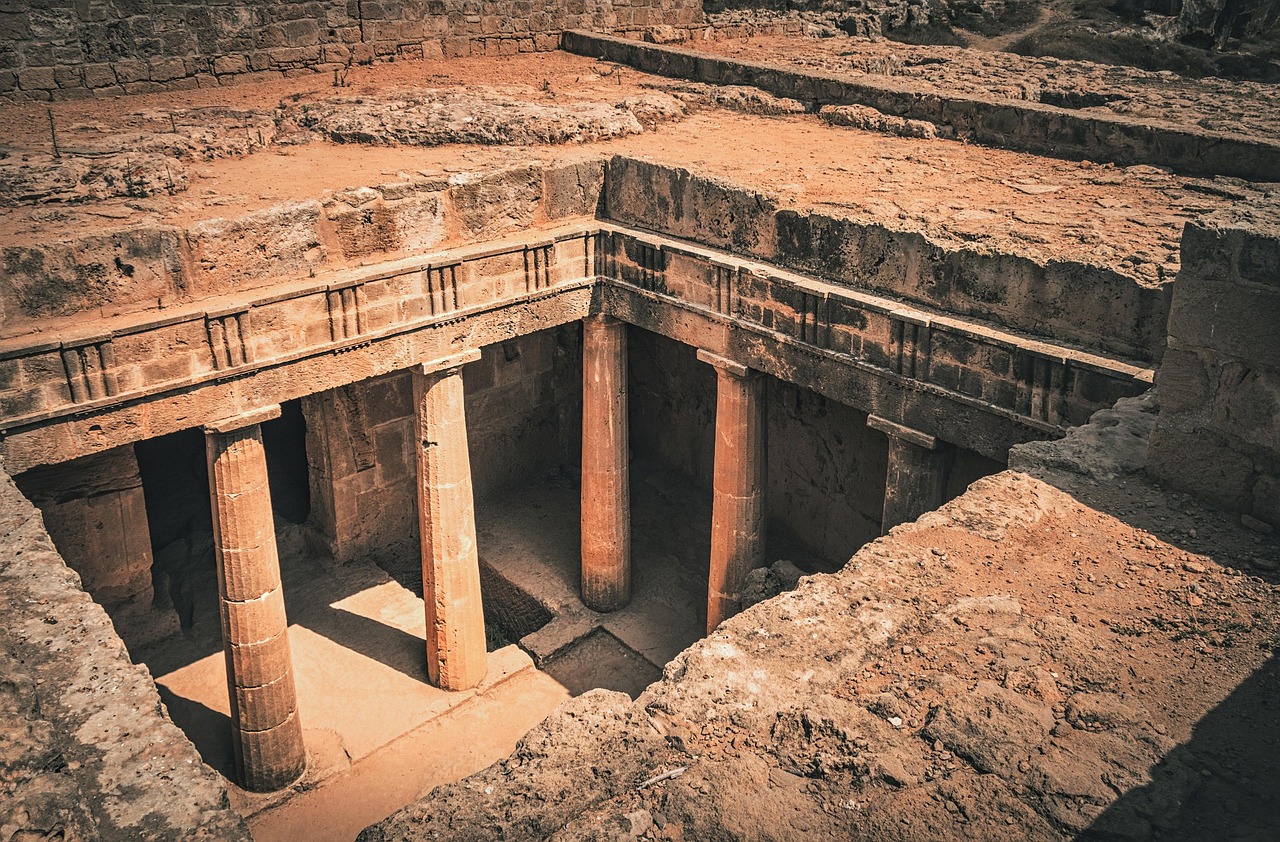
Cyprus might be overlooked for Greece or Italy, but those who go discover a Mediterranean island packed with history, beauty, and flavor. In 2024, tourist arrivals jumped by 20%, as more travelers uncovered its golden beaches and ancient ruins. The archaeological wonders of Kourion and the Tombs of the Kings tell stories of empires long gone. Nicosia, the divided capital, offers a unique blend of cultures and a vibrant café scene. The Troodos Mountains are a haven for hikers, dotted with painted monasteries and sleepy villages. Cypriot cuisine is a feast for the senses, with meze platters and sweet pastries enjoyed al fresco. The island’s sunny climate and relaxed pace make it perfect for both adventure and leisure. Many visitors say they found the true spirit of the Mediterranean here, without the crowds.

